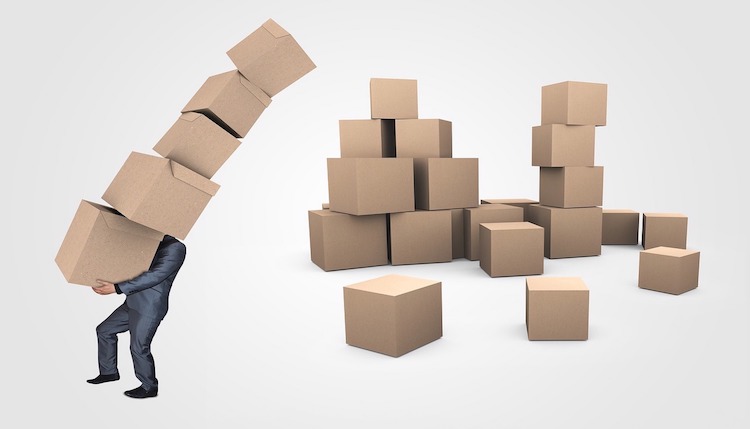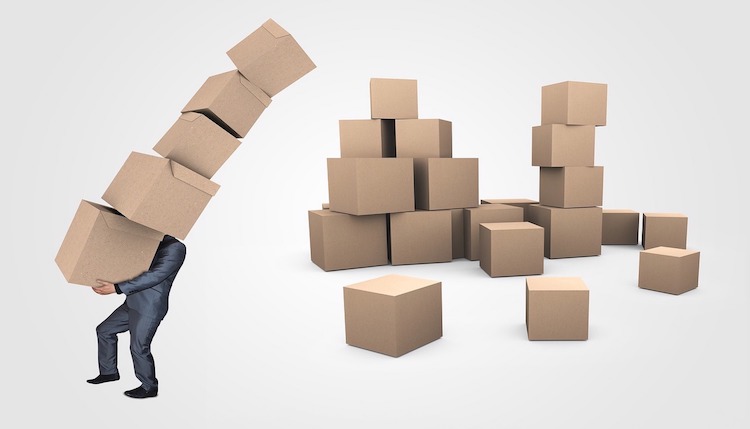
Greater customer expectations and technological advancements are driving big changes in delivery. What’s more, the delivery experience has emerged as a differentiating factor for customers when choosing one retailer over another.
eCommerce retailers that operate solely online and omnichannel retailers that offer a physical and digital presence are both beginning to expand their delivery options to meet customer demand. Here are seven trends that will define retail delivery during 2019.
Last-Mile Visibility
The last mile is the final journey of a product to the customer, and it causes huge headaches for retailers. The last mile is where costs stack up due to a slew of factors, including delivering to incorrect addresses, drivers being unable to find the final delivery location, and missed deliveries. The last mile is also where customers expect the greatest efficiency and convenience.
A crucial solution for solving the last-mile dilemma is to get greater visibility into the last mile. Last mile delivery tracking can provide the necessary insights for businesses to improve last-mile logistics while also meeting the customer’s desire to know where their product is and precisely when it will arrive.
Subscription Delivery
Subscription services are commonplace in the modern economy. Everything from gym memberships to television to streaming music is dominated by companies operating on a subscription model. Think Netflix, Spotify, and Planet Fitness as examples of companies that have seen huge success with this type of service.
Expect to see more retailers and companies offering their own subscription delivery services during 2019. Such services typically operate by requiring customers to pay a fixed monthly fee in exchange for regular delivery of products at a discounted price. Amazon’s Subscribe & Save service and The Dollar Shave Club are successful examples of this model in operation within retail.
Greener Delivery
Environmental sustainability is also becoming a more important factor influencing the delivery options offered by retailers. Companies understand their responsibilities to protect the environment in light of the increasing number of worrying stories in the media regarding man-made climate change. Furthermore, retailers know that their customers care about the environmental impact of their product deliveries.
Expect to see a big shift towards greener deliver during 2019, whether through the adoption of alternative modes of transport, switching to electric vehicles, or altering logistics to reduce carbon footprints.
Delivery Robots
Artificial intelligence technology has improved dramatically in recent years and retail delivery is an area in which those improvements can be put to use with delivery robots. These delivery robots can deliver packages and food to people’s homes while also reducing traffic in built-up areas.
Several robotics startups are looking to make an impact in this developing market segment, including Starship Technologies, which launched the world’s first robot delivery service towards the end of 2018. Over the course of 2019, there is no doubt that greater numbers of delivery robots will be seen on city streets around the globe.
Nominated Delivery Slots
Next day and even same-day delivery are already popular delivery trends, but with customers expecting more personalization in their delivery time, 2019 will likely be the year in which we see many retailers offering nominated delivery time slots.
Speed is, of course, an important selling point for any delivery service, but arguably just as important is that the customer is home when her order arrives. Nominated delivery slots will be part of a movement towards maximizing customer convenience and avoiding those frustrating missed deliveries.
Drone Delivery to Remote Areas
Delivery to remote areas such as rural locations is a huge headache for retailers. Neglecting to offer delivery to a huge chunk of the population means missing out on a lot of potential revenue, however, much of this revenue would be offset by the cost of actually getting products to remote areas. Furthermore, environmental concerns make it less appealing to use traditional modes of transport for rural delivery.
Unmanned aerial vehicles, or drones, offer a realistic and feasible solution to the problem of sustainable delivery to remote areas. China is leading the way in the area of drone delivery—the country’s leading retailer, JD, has successfully implemented a trial of drone delivery in rural areas. With companies like Amazon already testing drones, expect to see more of the largest retailers adopt this delivery option to meet the needs of rural customers.
In-Home Delivery
In-home delivery takes the traditional delivery process a step further by not only delivering products but also offering a range of additional in-home services, such as product assembly or simply bringing goods inside the home.
Waitrose, the upmarket British grocery store, is now trialing an in-home service in which the delivery driver gains temporary access to customers’ homes and places groceries they’ve ordered for delivery in fridges, freezers, and pantry cabinets.
Each delivery made by Waitrose is filmed via a camera attached to the driver’s chest, a move that aims to give homeowners peace of mind at the prospect of a stranger being in their home while nobody else is there.
Drawing inspiration from technology, environmental concerns, greater competition, and the need for more customer convenience, the seven trends in this article look set to dominate the retail delivery landscape over the course of 2019.
Limor Wainstein is a technical writer and editor at Agile SEO, a boutique digital marketing agency focused on technology and SaaS markets. She has over 10 years’ experience writing technical articles and documentation for various audiences, including technical on-site content, software documentation, and dev guides. She specializes in big data analytics, computer/network security, middleware, software development, and APIs.

